Elucidating genetic variability and genotype × environment interactions for grain iron and zinc content among diverse genotypes of lentils (Lens culinaris)

Authors:
Micronutrient malnutrition is a great burden towards attaining nutritional security for the vulnerable section of society, especially pregnant and lactating women, as well as preschool children in developing countries. Biofortification of lentil with iron (Fe) and zinc (Zn) may have a great impact on health and nutritional security as this food legume is the chief source of dietary energy and easily digestible protein for the vegetarian population. Assessment of genetic variability followed by ciphering genotype × environment (GE) interaction are the vital endeavour towards the recommendation of Fe- and Zn-rich cultivars. Therefore, the present study was contemplated to appraise the genetic variability for Fe and Zn content among lentil genotypes followed by unravelling the effect of GE interaction for delineation of stable micronutrient-rich genotypes using HA-GGE biplot and REML/BLUP method. Preliminary studies with 125 lentil genotypes revealed the presence of adequate genetic variability concerning grain Fe (44.46 to 121.89 mg kg−1) and Zn (17.45 to 77.25 mg kg−1) content and other agronomic traits. Further, a multilocation evaluation trial with 30 promising genotypes at four diverse locations for consecutive 2 years detected a significant influence of environment and GE interaction on grain Fe and Zn content. Integration of HA-GGE biplot along with REML/BLUP analysis pertinently detected BCL-10212 and IPL-220 as ‘ideal’ for Fe content whereas IC-346092 and IC-521442 for Zn content. Moreover, IC-521442 was detected as most ‘ideal’ having richness in both Fe and Zn along with high stability over the locations. These genotypes offer a great opportunity to the lentil breeders for their utilization in a subsequent breeding programme towards developing Fe- and Zn-rich lentils. Present findings would be useful for the generation of recombinant lines for mapping and tagging of the genes/QTL controlling Fe and Zn content and developing the biofortified lentil cultivars.
